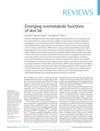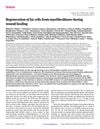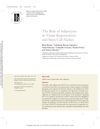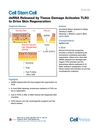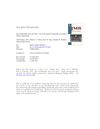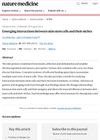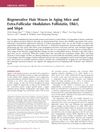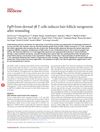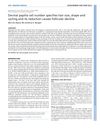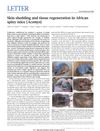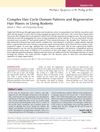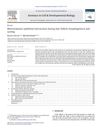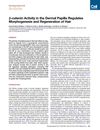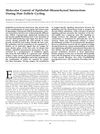Comparative Regenerative Biology of Spiny (Acomys Cahirinus) and Laboratory (Mus Musculus) Mouse Skin
February 2019
in “
Experimental Dermatology
”
wound-induced hair follicle neogenesis WIHN hair cycle adipose tissue stem cell markers hair bulges hair regeneration pigmented hairs zigzag hairs skin regeneration hair types molecular expression analyses hair growth fat tissue stem cells hair roots colored hairs skin healing hair varieties gene expression studies
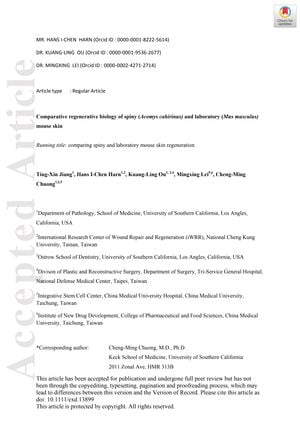
TLDR Spiny mice are better at regenerating hair after injury than laboratory mice and could help us understand how to improve human skin repair.
The study from April 2019 compared the skin regeneration abilities of spiny mice (Acomys cahirinus) to those of laboratory mice (Mus musculus), particularly focusing on wound-induced hair follicle neogenesis (WIHN). It was found that spiny mice have a unique hair cycle with longer phases, a larger portion of adipose tissue in their skin, and higher expression of stem cell markers in hair bulges. After wounding, spiny mice showed superior hair regeneration, with all hair types present and pigmented, unlike the laboratory mice which only regenerated unpigmented zigzag hairs. These results suggest that spiny mice could be a valuable model for studying skin regeneration and may offer insights into improving human skin repair and regeneration. The study's conclusions are supported by observations of hair cycle patterns, hair regeneration post-plucking and wounding, and molecular expression analyses.
